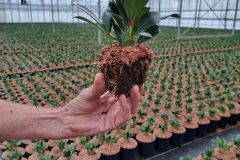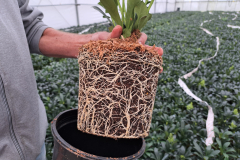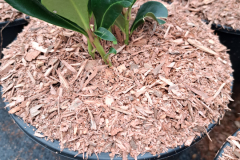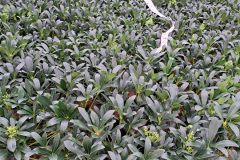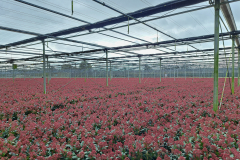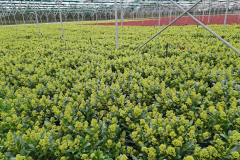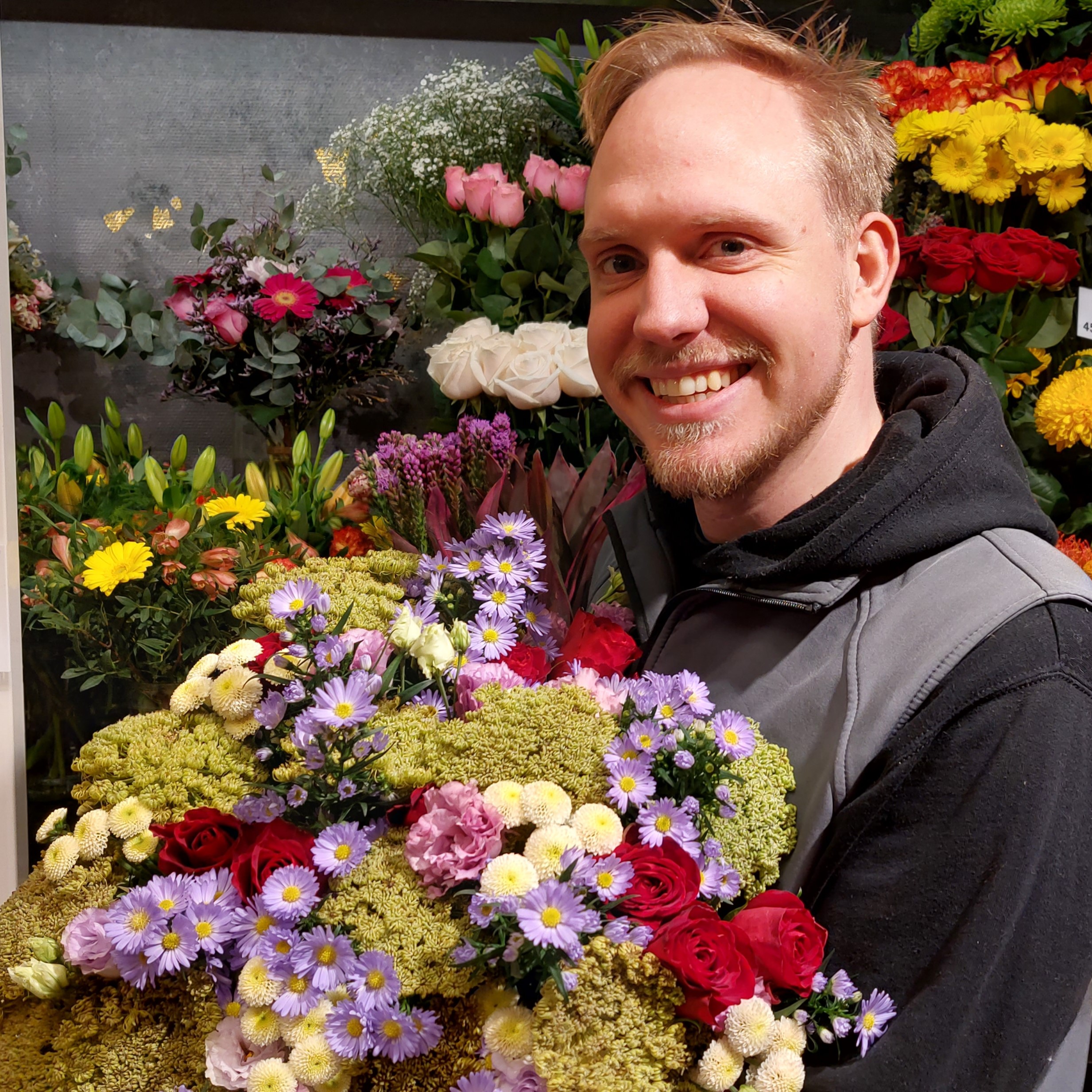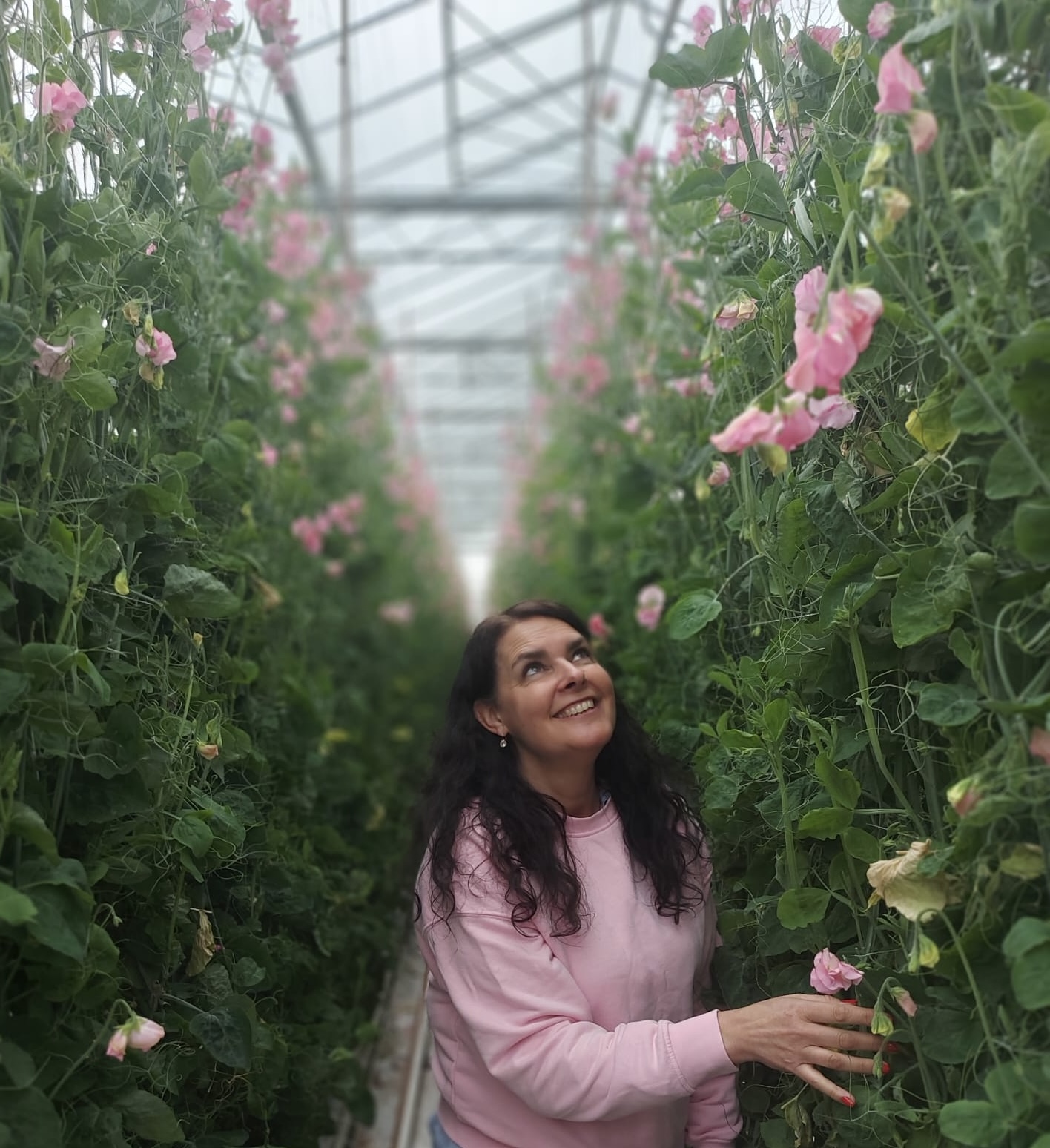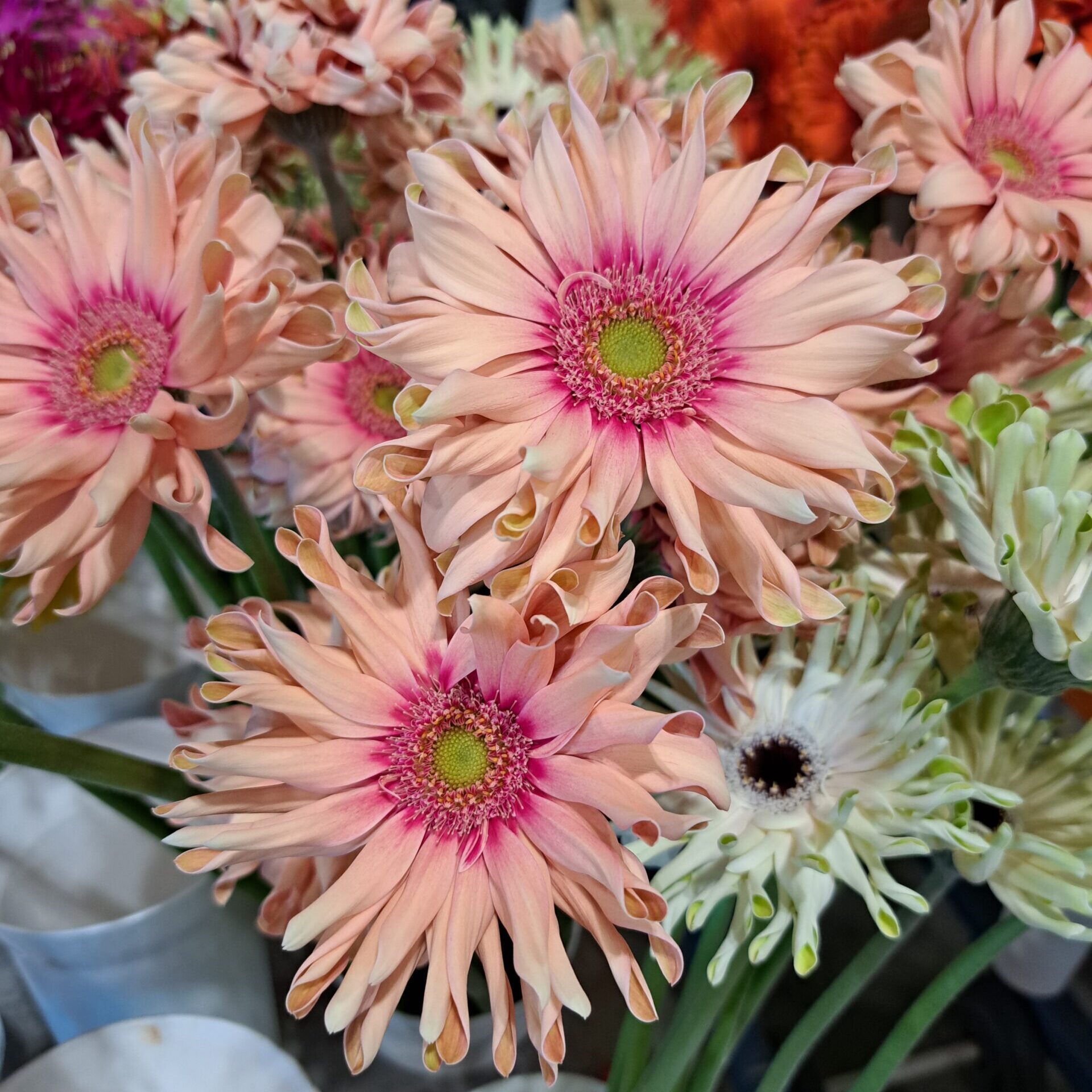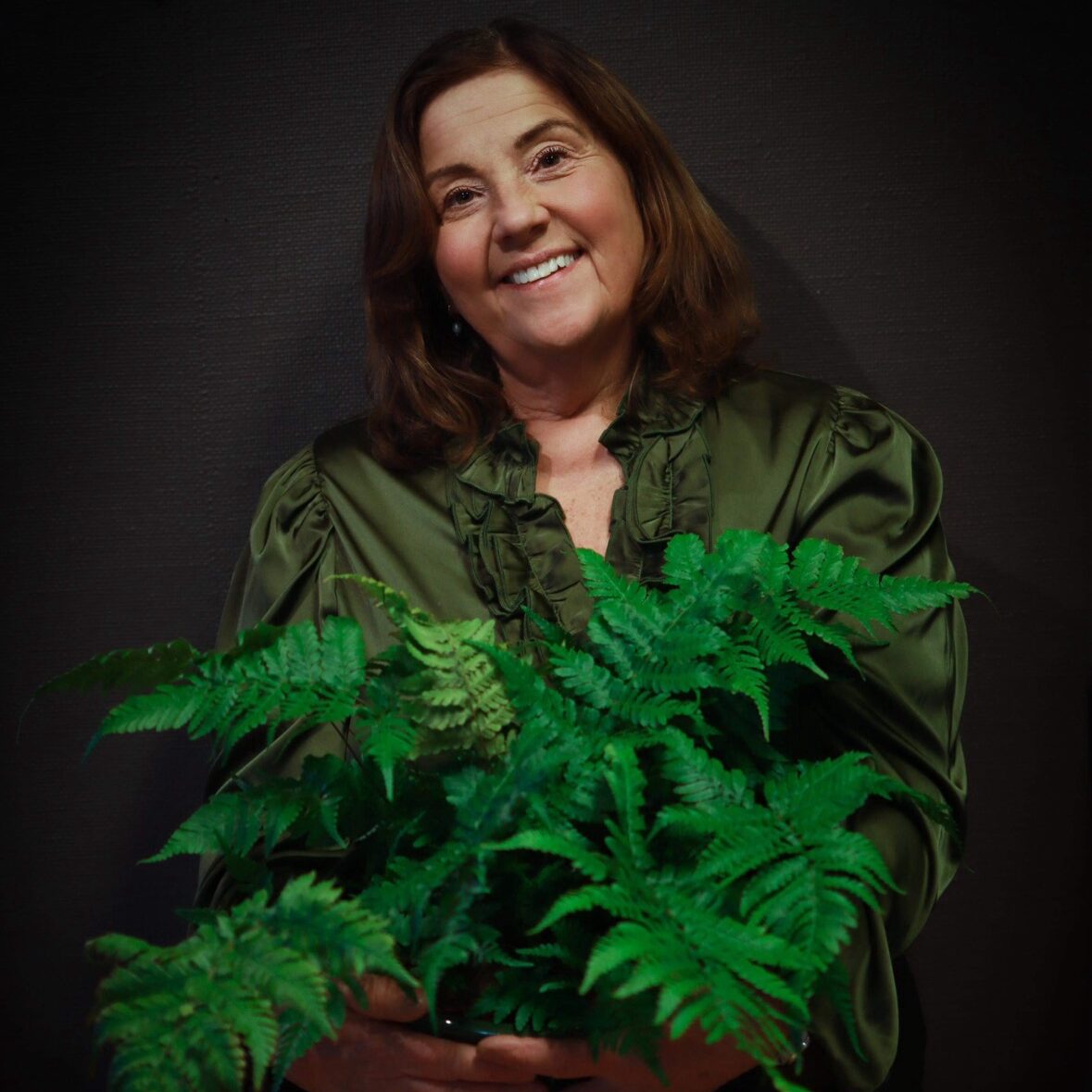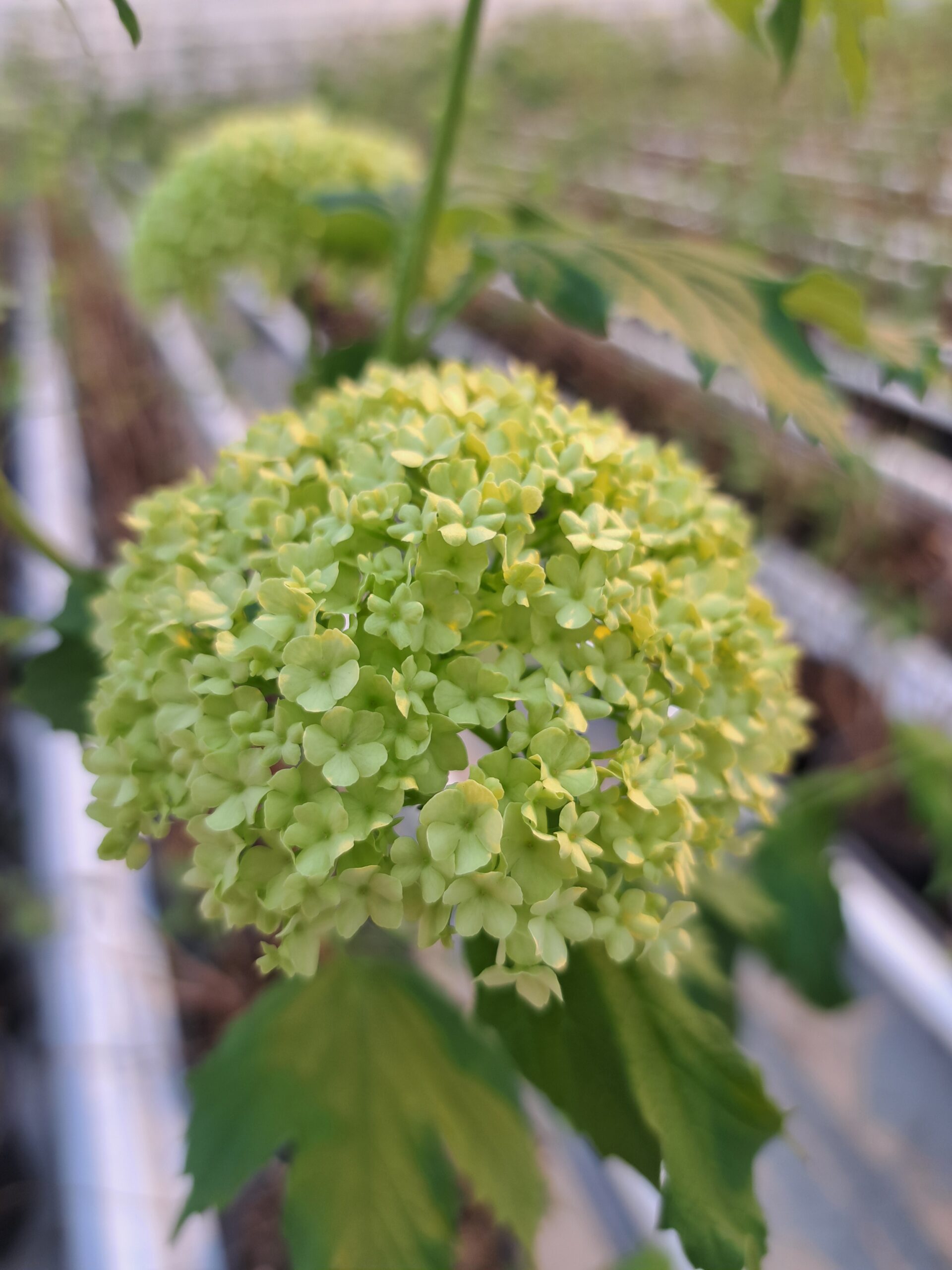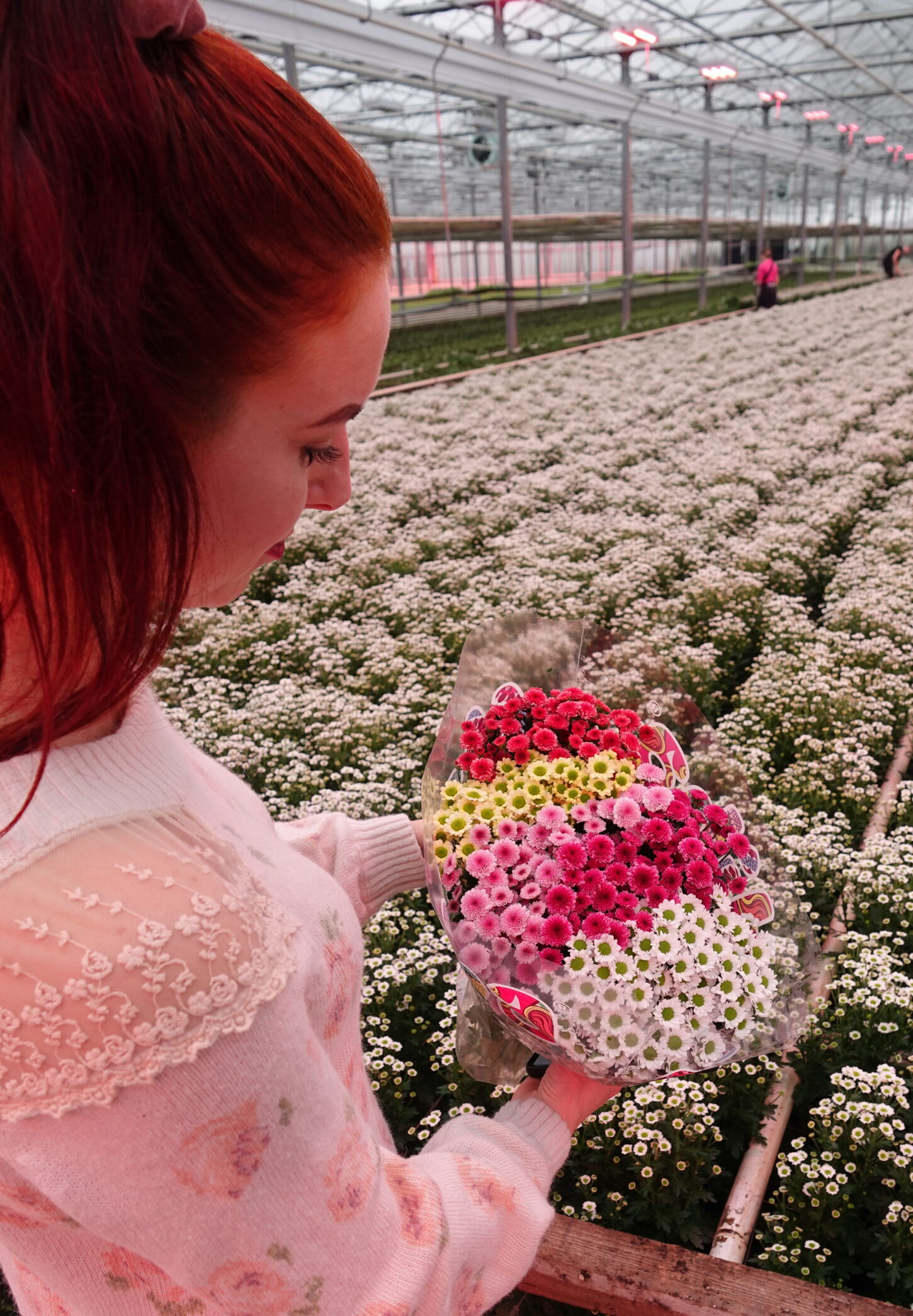Blog
It’s Skimmia time!
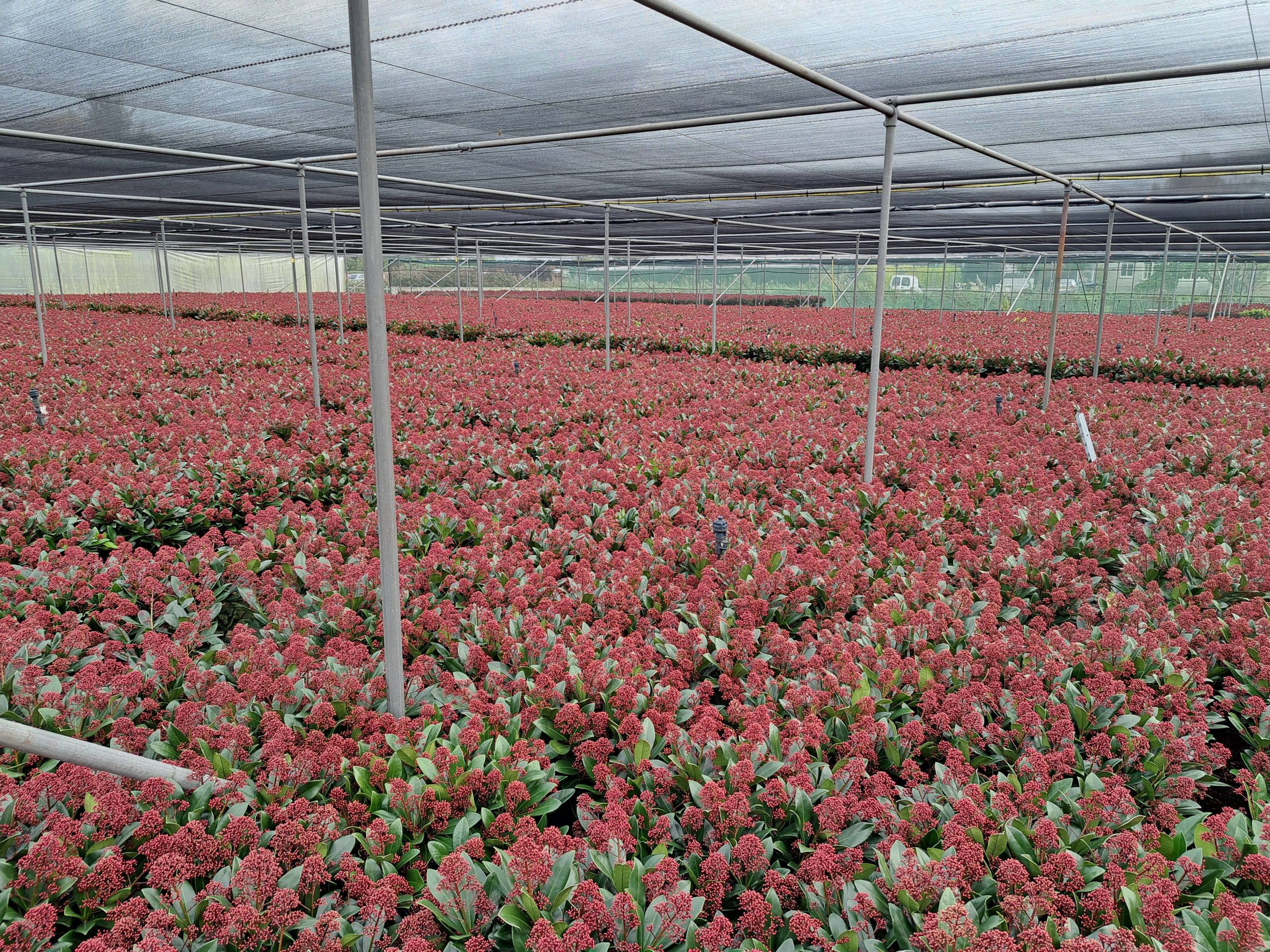
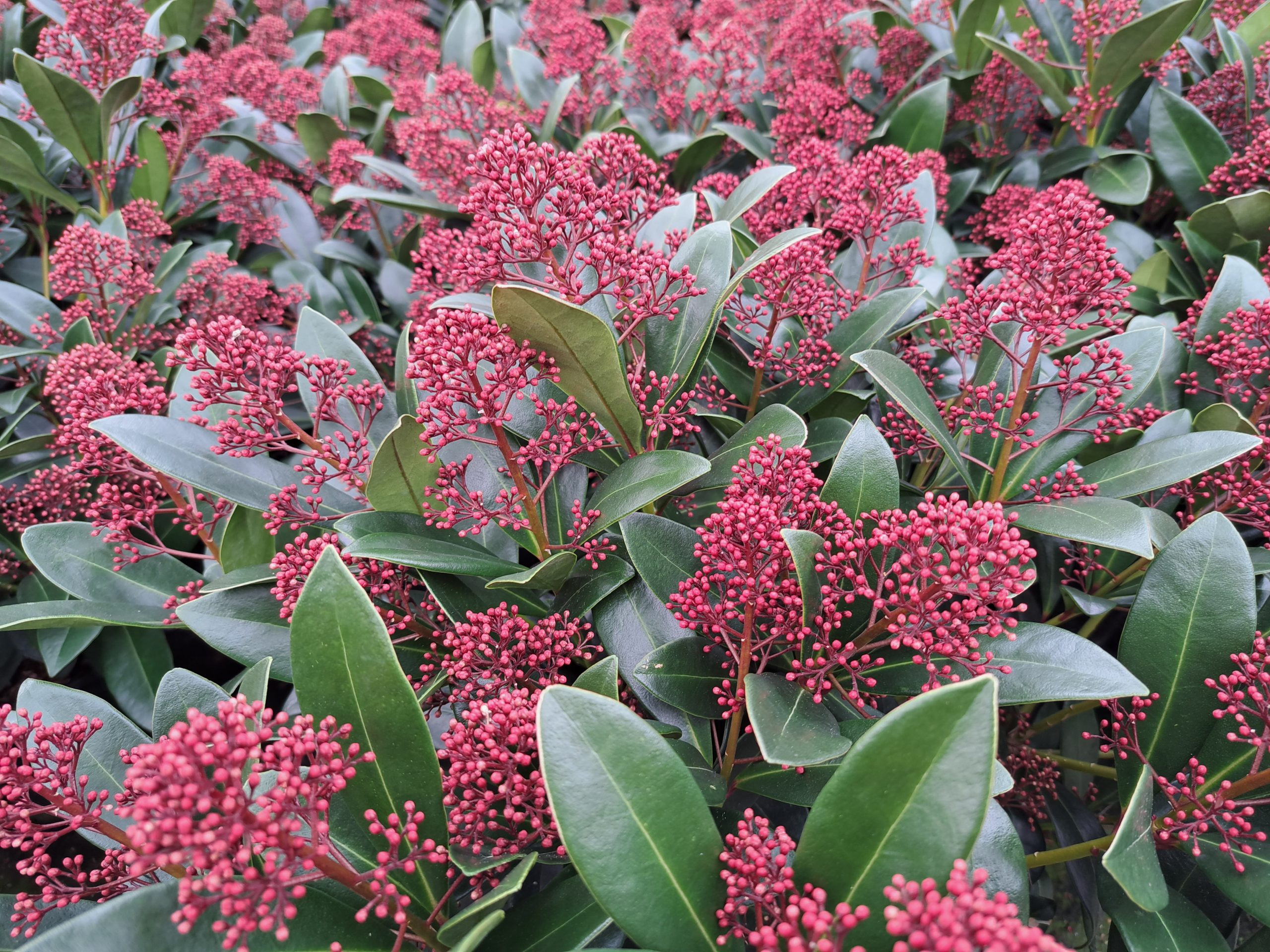
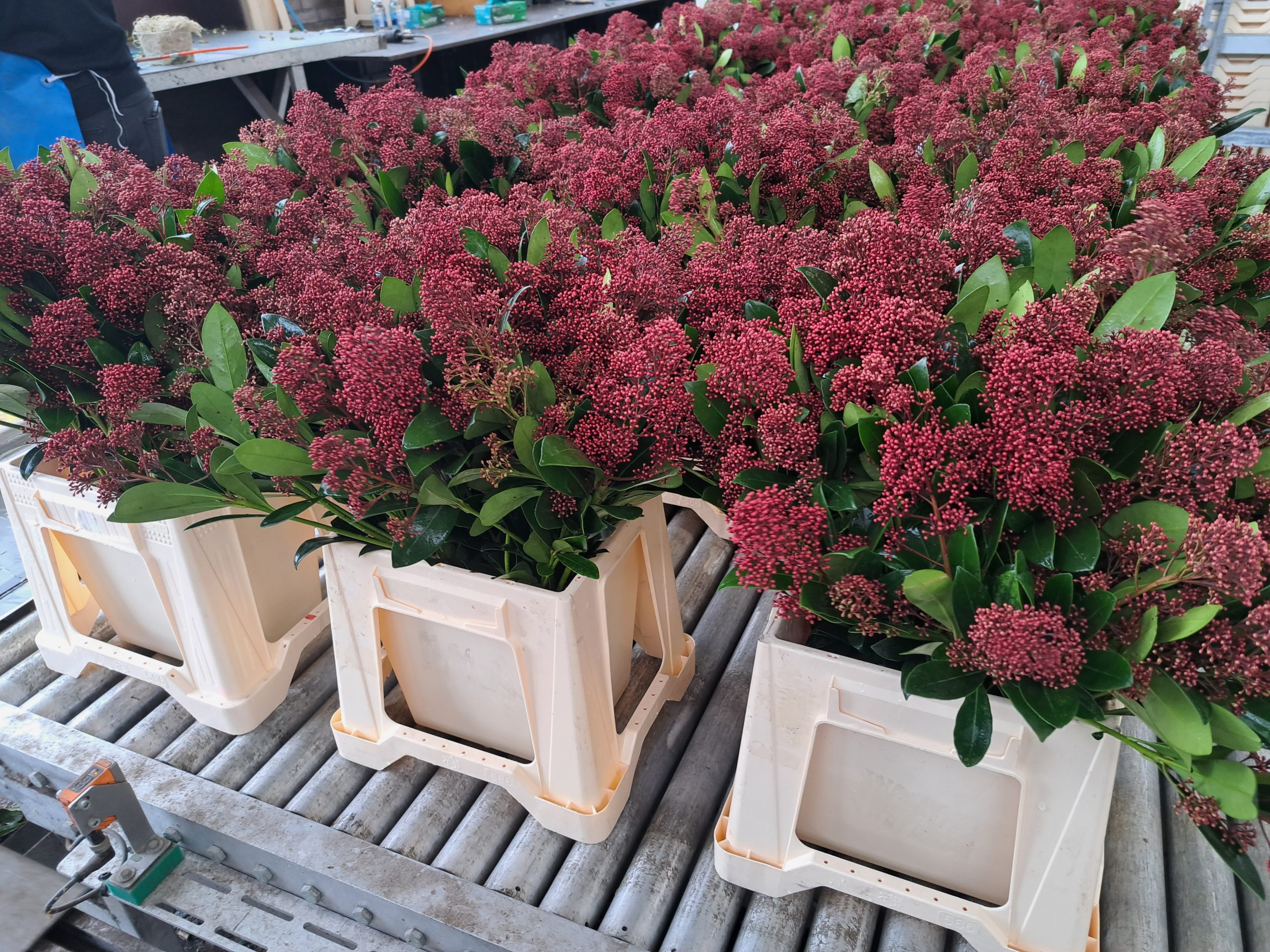
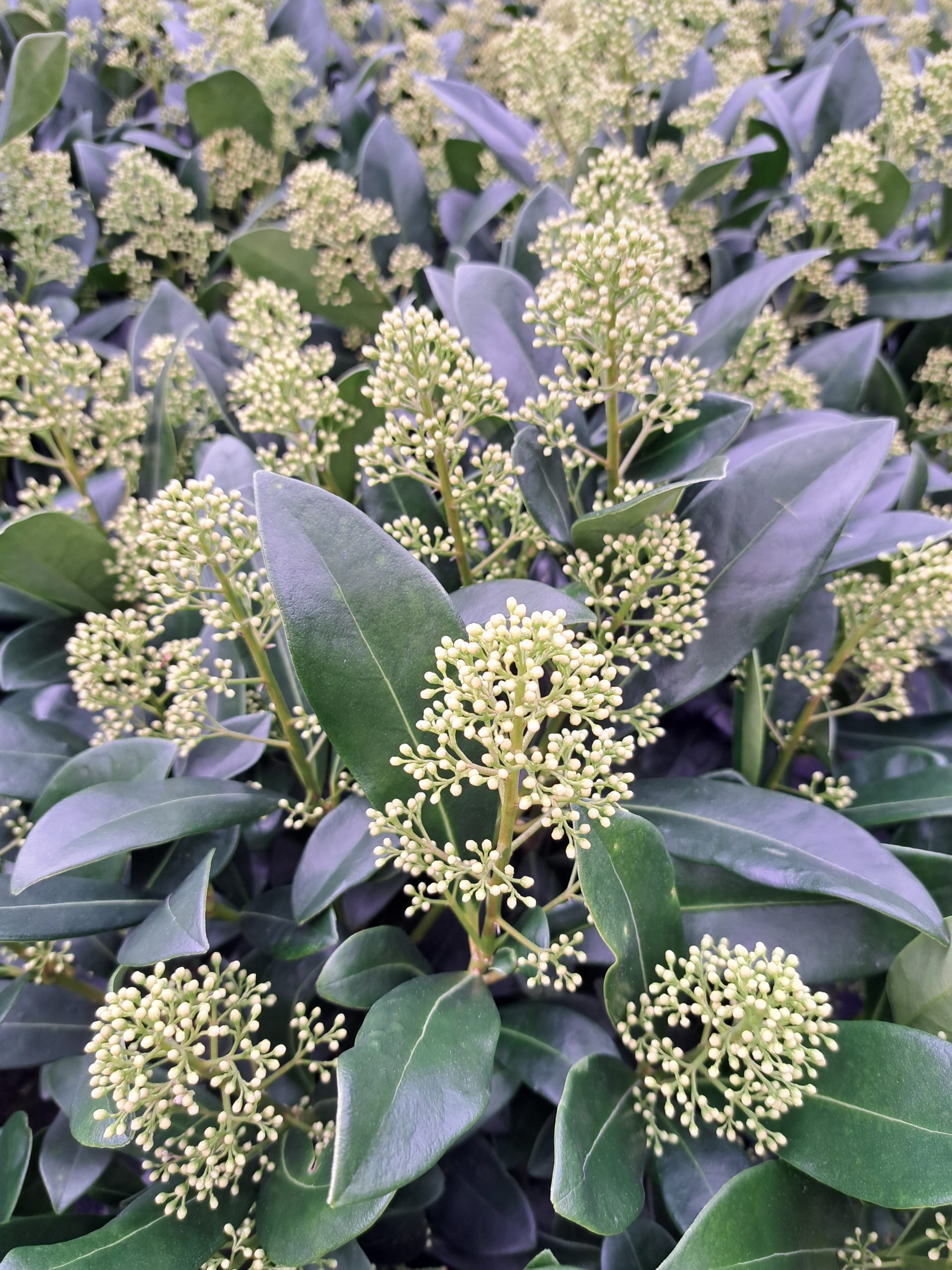
It turns out, Skimmia is a fully circular product!
Skimmia… What do you think of when you hear the name? The red or greenish flower buds? A hardy autumn and winter shrub that graces us with colour in the darker days of the year? Or… is it the perfect filler for your bouquet or floral arrangements?
Skimmia is mostly grown as a garden shrub, but a couple of growers in the Netherlands also grow it as a cut flower! F. Kuipers has been growing Skimmia for decades, first as a garden plant, but nowadays brothers Ron and Sietse grow it as a cut flower. They specialize in growing high quality flowers in their nursery in Boskoop. Almost all of the Skimmia that we buy at Hukra comes from this nursery.
About one third of the entire production is sold as regular flowers, and two thirds are sold around Christmas time in a variety of painted colours.
Growing Skimmia flowers takes two years. Depending on the variety, the plants are placed into soils plugs, or directly into the pot. Rubella is a variety of which the cuttings are placed directly into the pot, as it is able to develop and grow its roots very fast. Other varieties are placed into the soil plugs, where they are able to develop their roots much better than when being placed directly into the pot. After a couple of weeks, the soil plugs with cuttings are placed into the pot and the plant is allowed to grow fully. The pots are filled for about 90% with soil, and topped off with a layer of fine chopped wood chips. These wood chips are a very dry material that stop moss and weeds from growing on the soil. The first year the plants stay in the greenhouse.

In the first year, the Skimmia grows and develops its first flowers. These flowers are removed, and from those points new stems develop. Removing those first flowers is a very important and necessary step, otherwise the Skimmia doesn’t grow to the correct length needed for cut flowers!
After a year in the greenhouse, the plants are moved outside, where they stay another year. Placing the plants outside causes them to harden, giving them their sturdy stems and leaves that Skimmia are known for. The plants are placed in such a way that there is enough space between the plants, so the light can reach all the stems. This way, enough flowers can develop on the plant.
After two years, when Autumn comes rolling around and the flowers are fully grown, it’s time to start harvesting them from the plant! The stems are cut and collected, sorted, and bundled in such a way so that each bunch contains ten Skimmia flowers. The flowers are packed and transported to the auction, or directly to the customer.
But what happens with the cut off plants? It turns out, Skimmia is a fully circular product! The pots are emptied and send back to their producer to be recycled. And the left over soil and Skimmia roots are processed and turned into compost.
But that’s not all! Because of its hardiness, Skimmia is not very susceptible to diseases. It’s only plagues that it need protection from and F. Kuipers does this through the use of natural enemies. No pesticides are needed! In fact, the company has perfected the use of this form of organic pest control through careful studies and even cooperation with students of the University of Maastricht! F. Kuipers holds and MPS A certificate.
Want to buy these amazing Skimmia? You can find them in our webshop!
